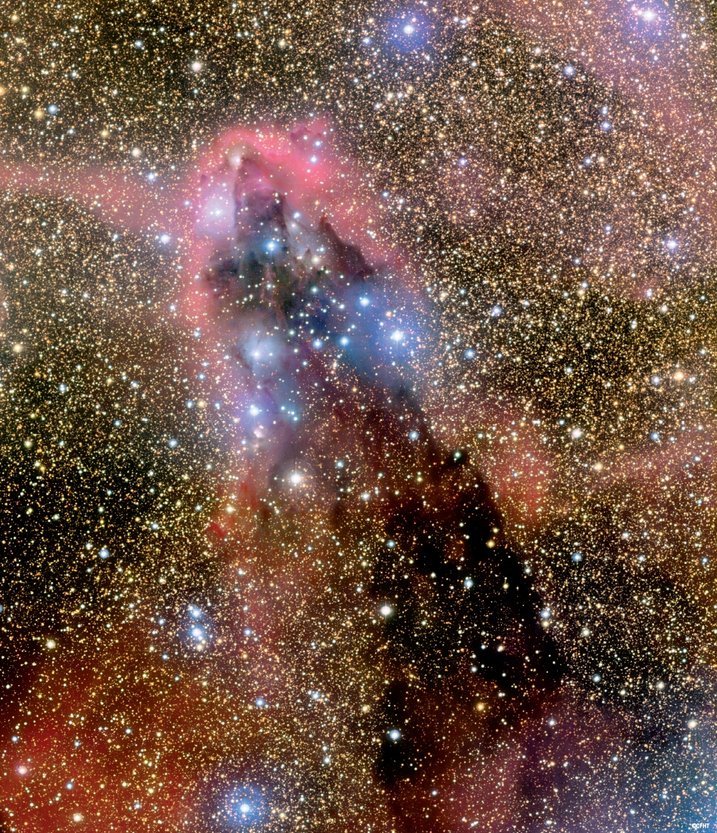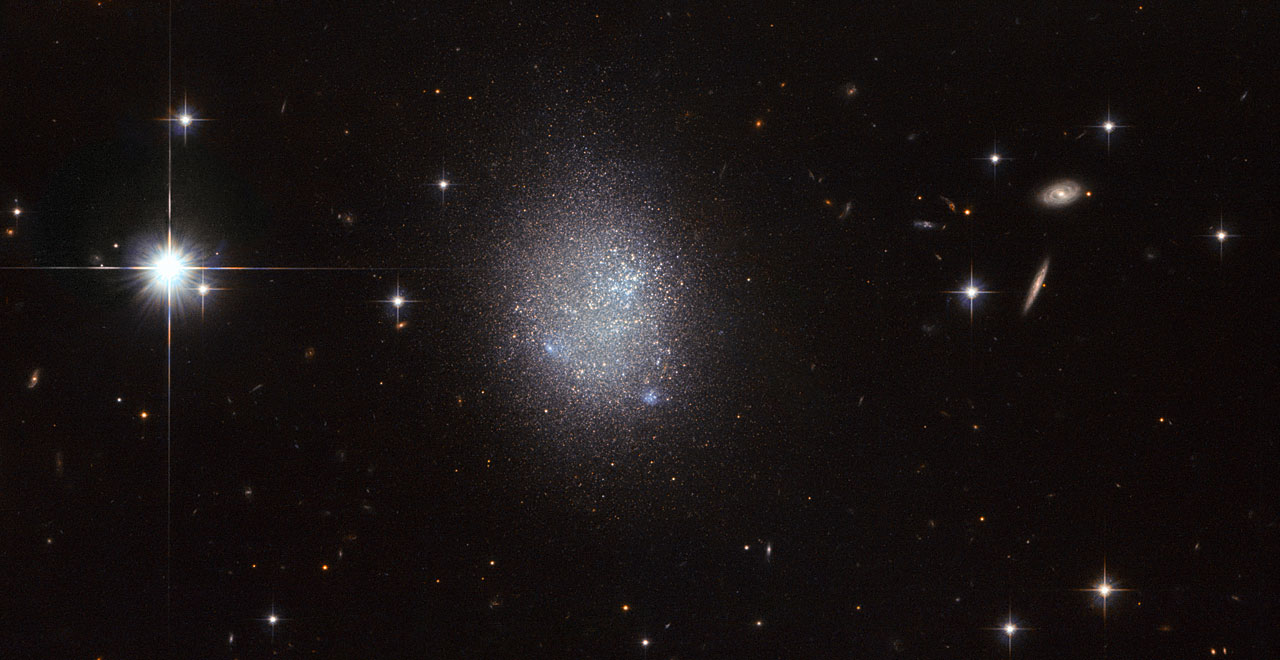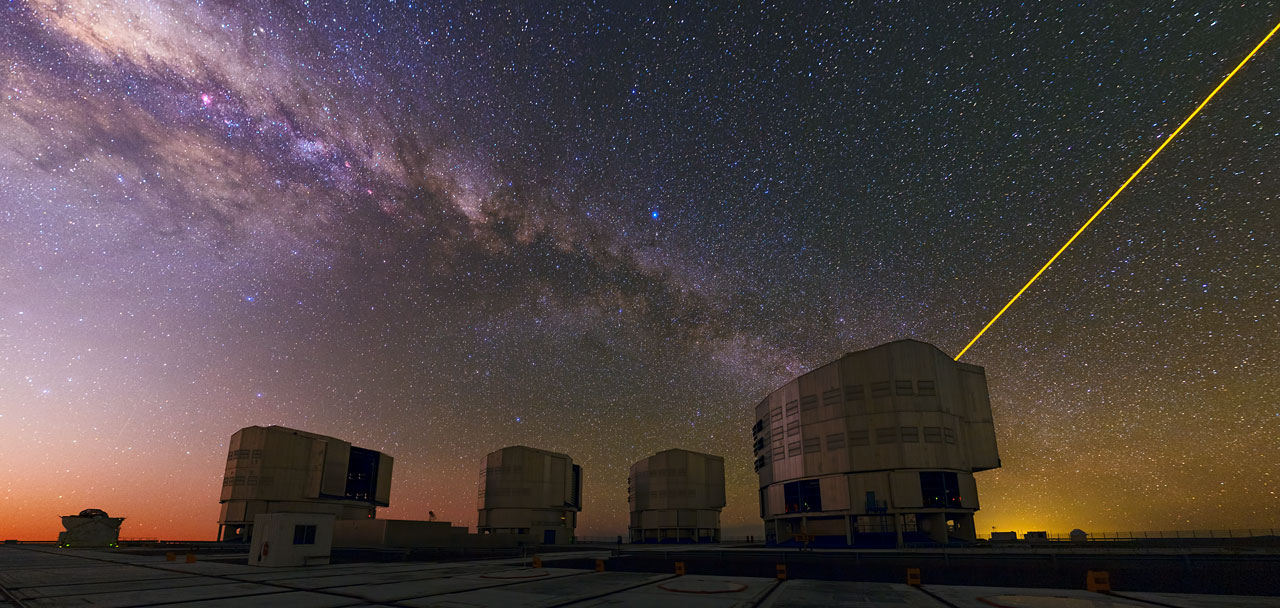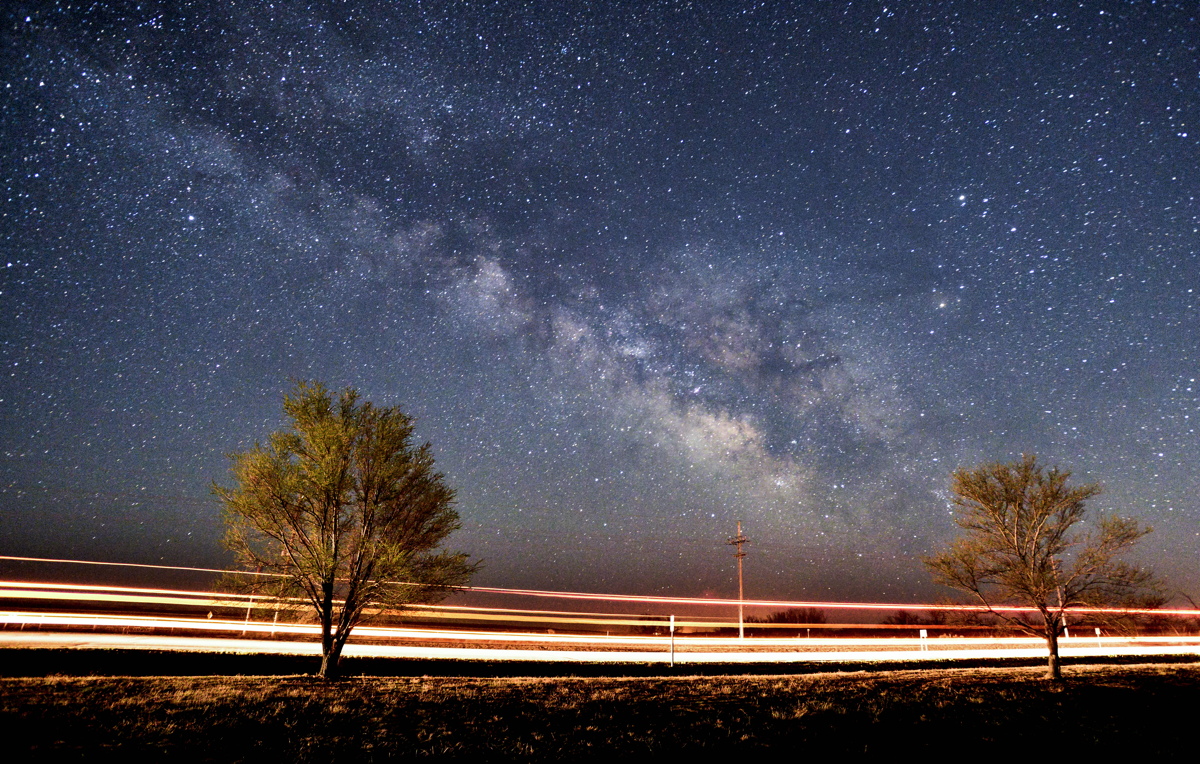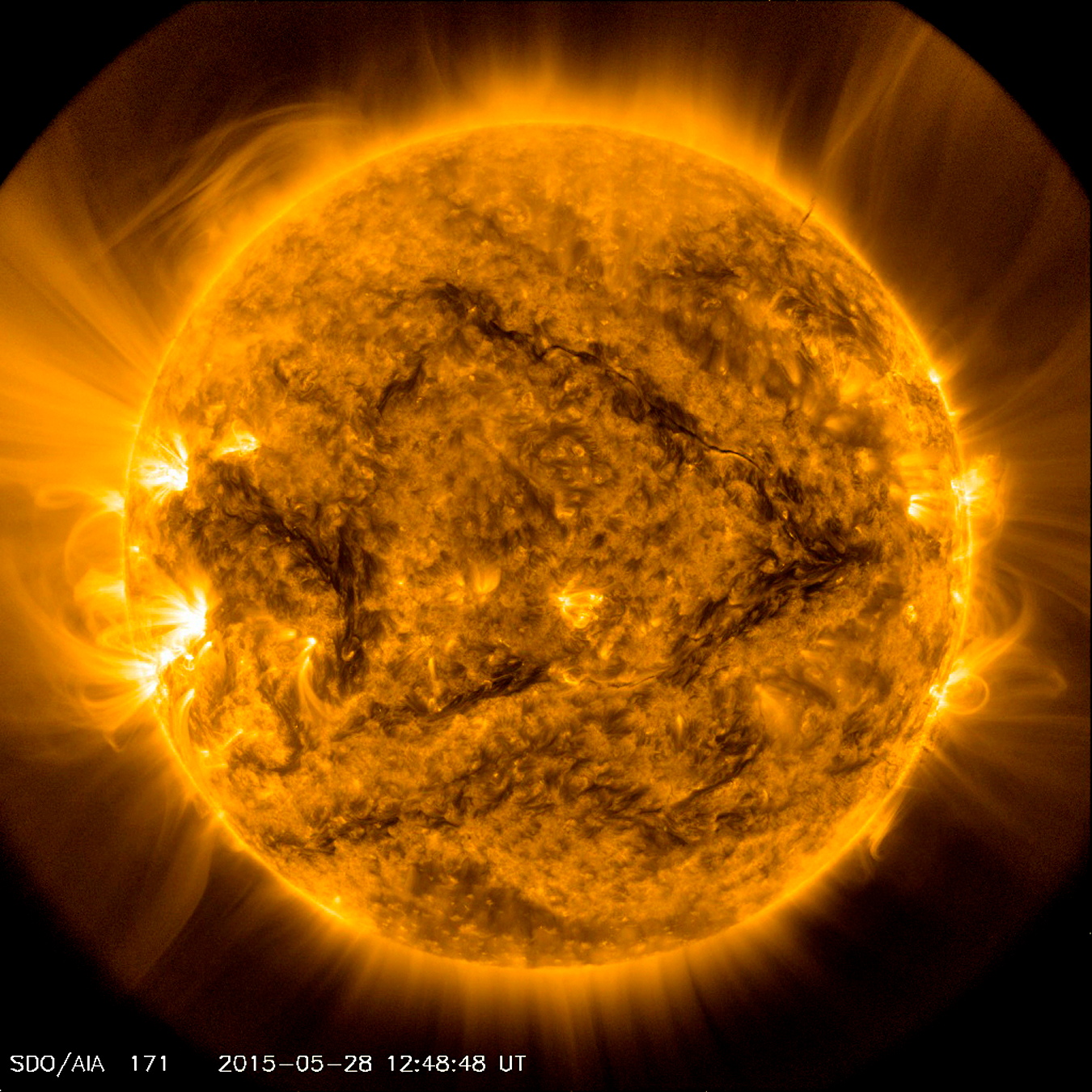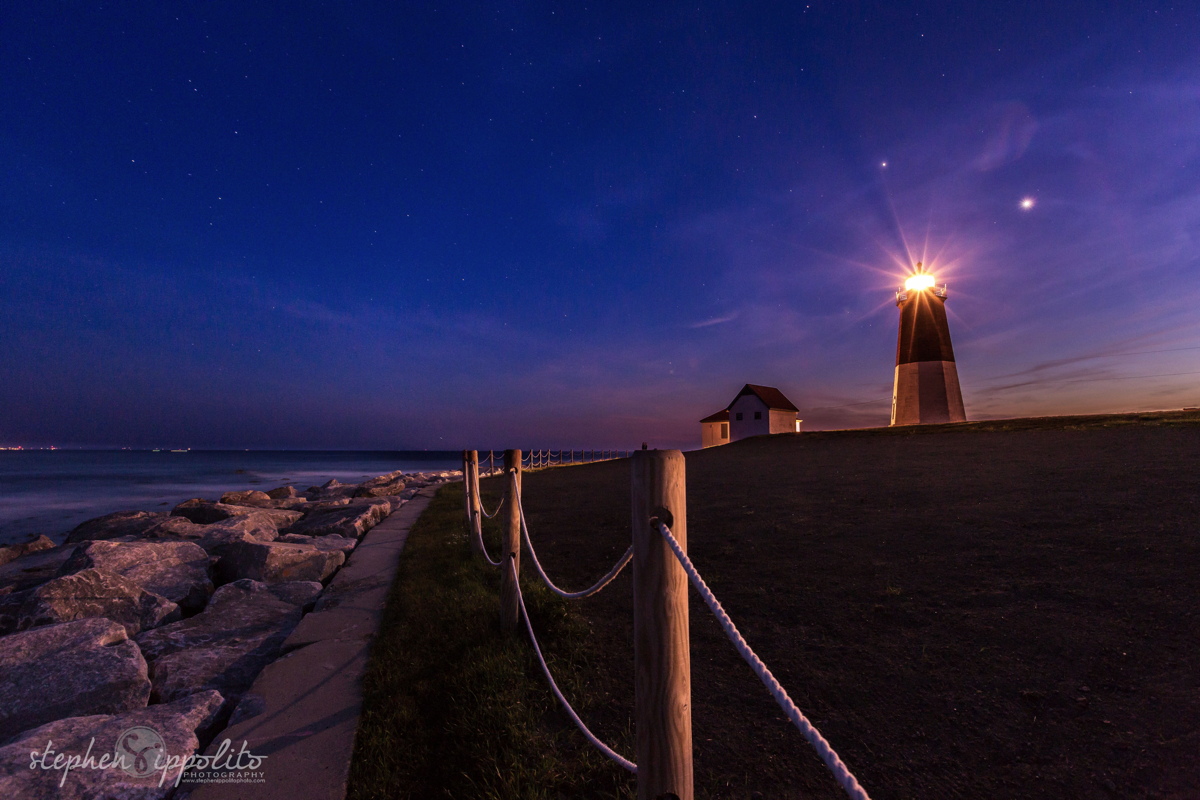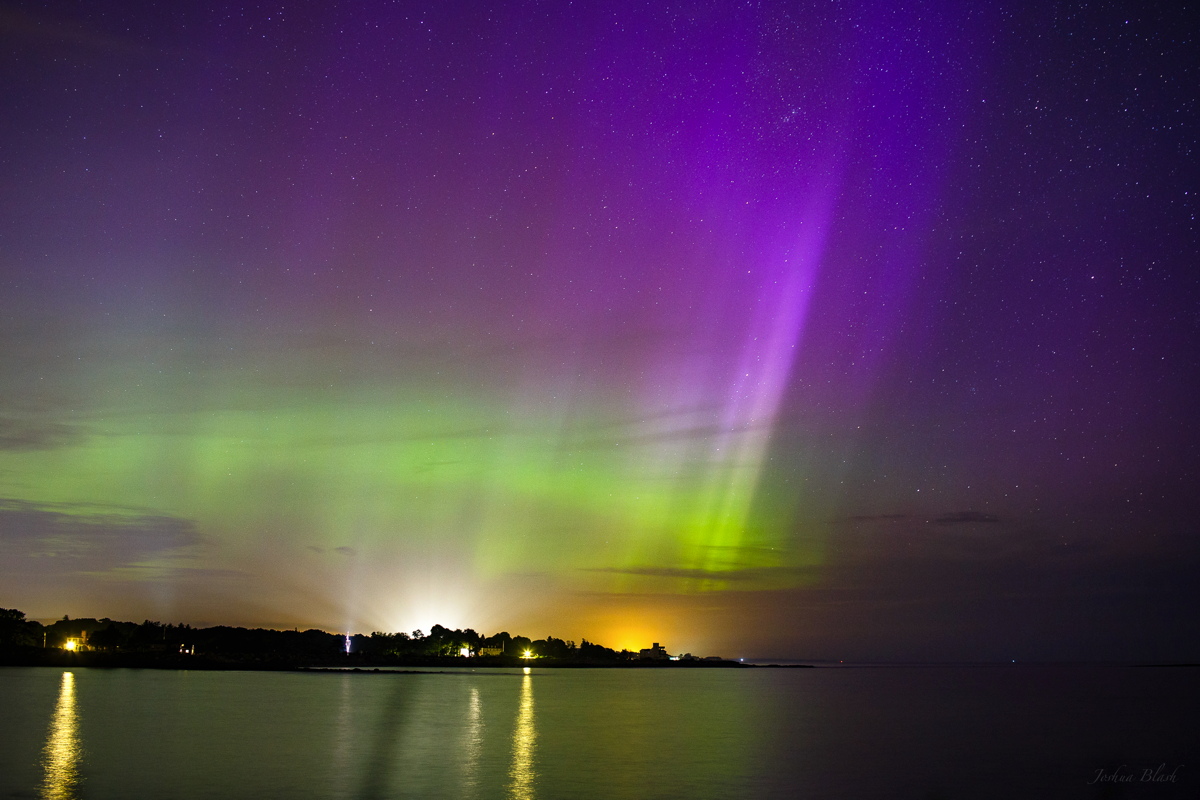Space Image of the Day Gallery (June 2015)
Will I Ever Go to the Dark Tower?
Monday, June 15, 2015: This Dark Tower consists of dust and gas in a cloud located about 5000 light-years away from Earth in the southern constellation of Scorpius. Referred to as a cometary globule, the structure spans 40 light-years. The top of the tower lies exposed to intense ultraviolet radiation from a nearby cluster of hot young stars it recently generated (NGC 6231), which creates the red glow from ionized hydrogen gas.
— Tom Chao
I'm a Star Maker
Tuesday, June 16, 2015: This NASA/ESA Hubble Space Telescope image shows a galaxy known as UGC 11411. It is of a type known as an irregular blue compact dwarf (BCD) galaxy. Such galaxies stretch only about a tenth of the size of a typical spiral galaxy like the Milky Way, and consist of large clusters of hot, massive stars ionizing the surrounding gas with intense radiation. UGC 11411 possesses an extremely high star-formation rate, even as a BCD galaxy. The bright stars in the image represent foreground stars in the Milky Way galaxy.
— Tom Chao
Hit Me with Those Laser Beams
Wednesday, June 17, 2015: ESO’s Very Large Telescope (VLT) stands on the platform of Cerro Paranal in Chile. The Milky Way appears above a reddish sunset. The telescope at right shines a laser into the sky to create an artificial star which can help astronomers correct the blurring of images caused by Earth’s atmosphere. Image released June 15, 2015.
— Tom Chao
One Big Sky
Thursday, June 18, 2015: Astrophotographer Nick Lehnberg sent in a shot of the Milky Way taken in Kansas, mid-March 2015. Car headlights streak across the frame in the foreground.
— Tom Chao
Ride My Seesaw
Friday, June 19, 2015: A laterally oriented structure in the sun’s corona (at upper left) appeared to seesaw above the sun for at least two days on May 26-28, 2015, as seen in a still from a video obtained by Solar Dynamics Observatory. SDO imaged the activity in a wavelength of extreme ultraviolet light.
— Tom Chao
I Dream of Living in a Lighthouse
Monday, June 22, 2015: Astrophotographer Stephen Ippolito sent in a photo of Venus and Jupiter shining over Point Judith Lighthouse, Narragansett, Rhode Island, taken June 14, 2015. He writes in an email message to Space.com: “When the sun set, I immediately noticed 2 very bright ‘stars’ in the sky, or so I thought.... After pulling out my iPhone and using a night sky app, I realized the 2 bright stars were actually Venus and Jupiter.“
— Tom Chao
Night of Too Many Stars
Tuesday, June 23, 2015: The fourth Unit Telescope (UT4) of the Very Large Telescope (VLT) sits atop Cerro Paranal in Chile, underneath the Milky Way. The Paranal Observatory sits at an altitude of 8645 feet (2635 meters) above sea level. UT4’s main mirror stretches 27 feet (8.2 meters) in diameter, and represents one of four Unit Telescopes making up the VLT. The telescope bears the name Yepun, which means Venus in the language of the Mapuche people who live some 310 miles (500 kilometers) south of Santiago de Chile. The bright red star Antares, the sixteenth brightest star in the night sky, glows slightly above the plane of the Milky Way and at the heart of Scorpius (The Scorpion). The density of stars in this photo makes it impossible to pick out most other objects and constellations. Image released June 22, 2015.
— Tom Chao
Breaking space news, the latest updates on rocket launches, skywatching events and more!
Rye Sky
Wednesday, June 24, 2015: Astrophotographer Joshua Blash sent in a photo of auroras seen in Rye, New Hampshire, on June 22, 2015. He writes in an email message to Space.com: "I headed over to the beach […] last night around 10 pm in hopes of seeing the auroras. Fortunately I was treated to an unforgettable display of northern lights. The colors and the pillars were amazing, even to the naked eye. Attached is one of the shots I took last night with some colors reflecting off the ocean."
— Tom Chao
Just Passing By
Thursday, June 25, 2015: Astrophotographer Stan Honda caught the International Space Station appearing to fly past (clockwise from top) Jupiter, Venus and the moon, taken from the North Rim of the Grand Canyon on June 19, 2015.
— Tom Chao
Three of a Kind
Friday, June 26, 2015: Three of Saturn’s moons appear as crescents in this Cassini spacecraft image. Titan, the largest, stretches 3,200 miles (5,150 km) across, and only shows fuzzy cloud layers. Rhea, at upper left, spans 949 miles (1,527 km), and has a heavily cratered ice surface. Mimas, at center bottom, checks in at 246 miles (396 km) across, and possesses surface irregularities owing to a violent history. Titan's crescent appears to stretch further around its circumference because its atmosphere refracts light. Image released June 22, 2015.
— Tom Chao
